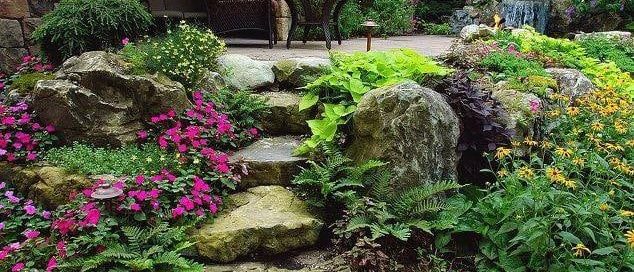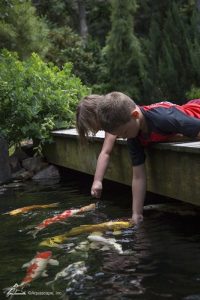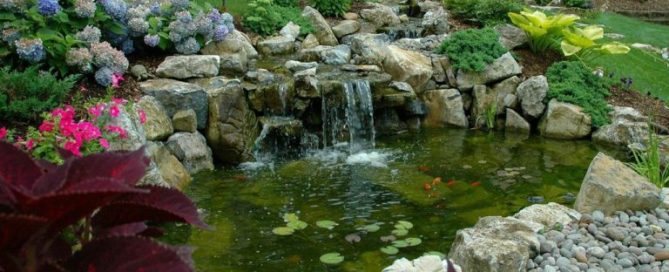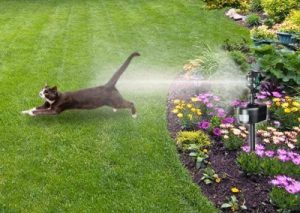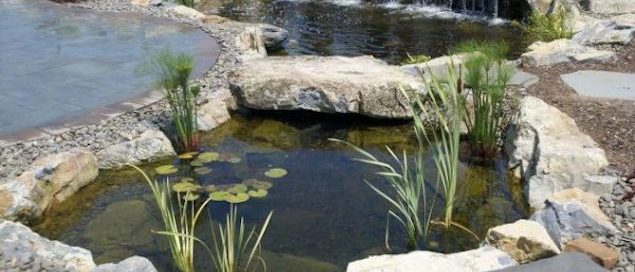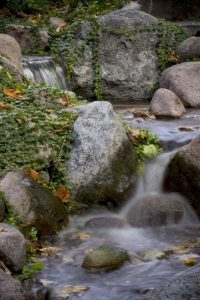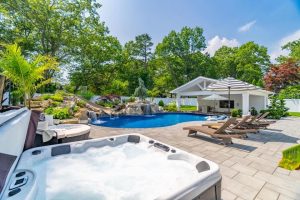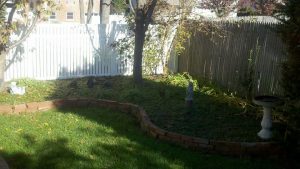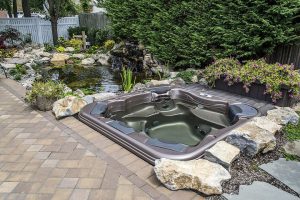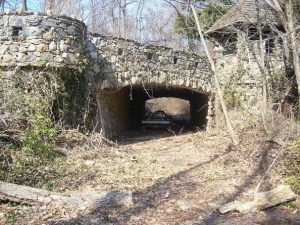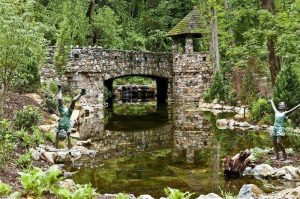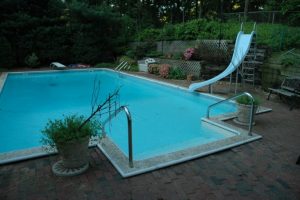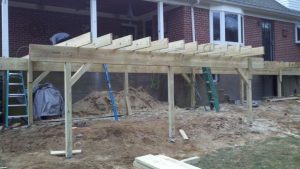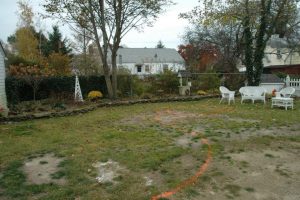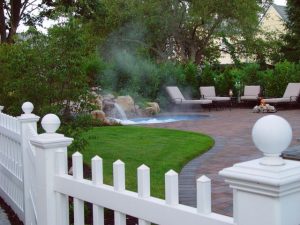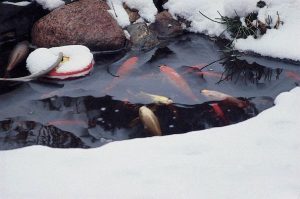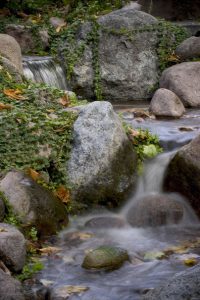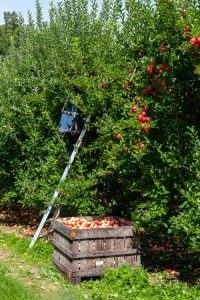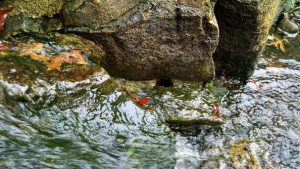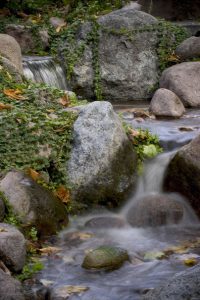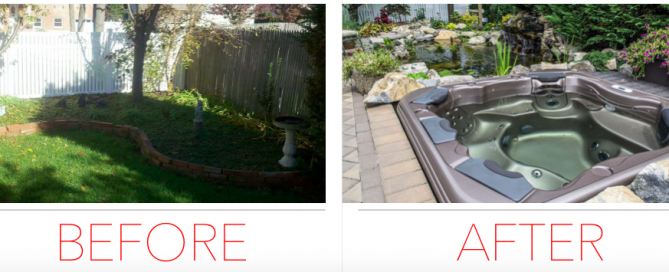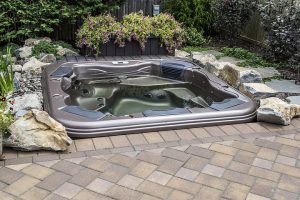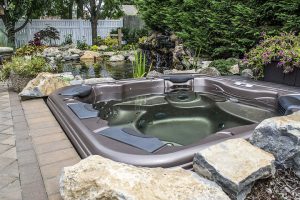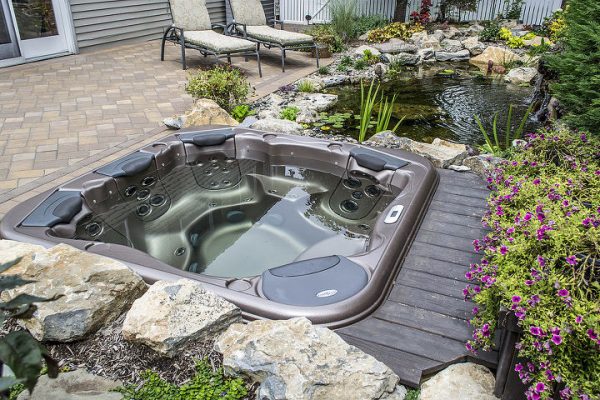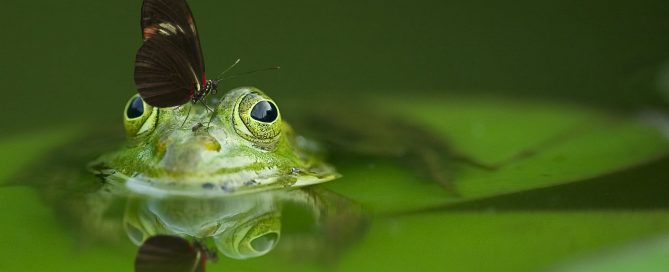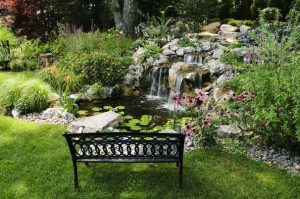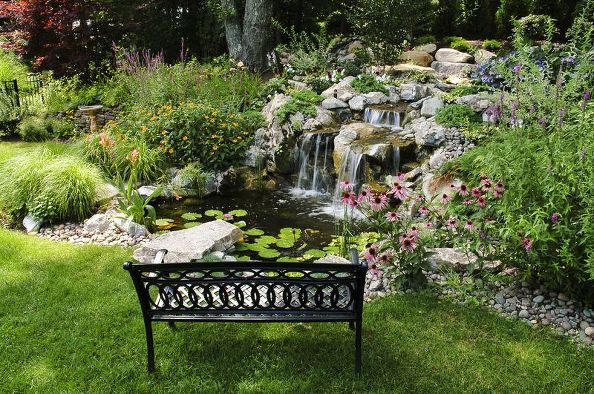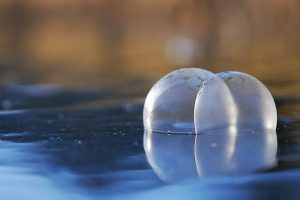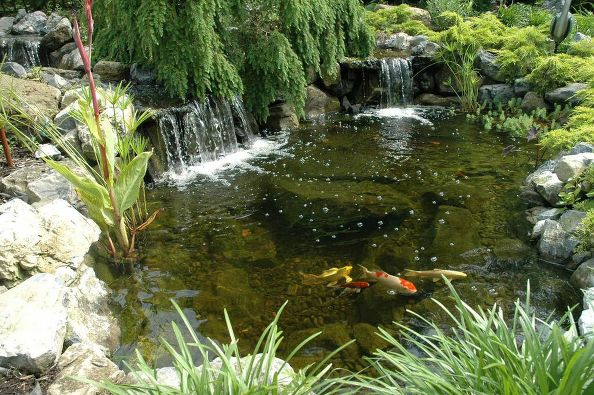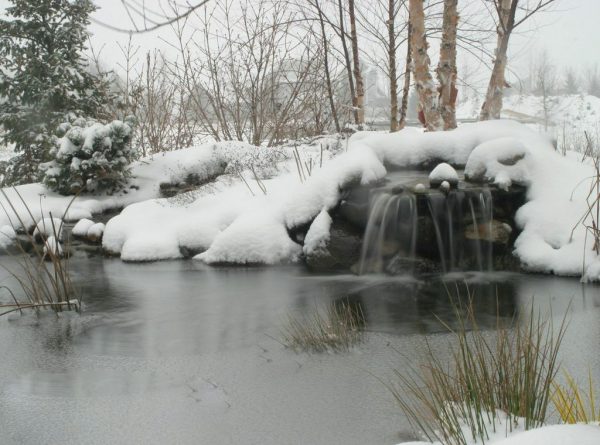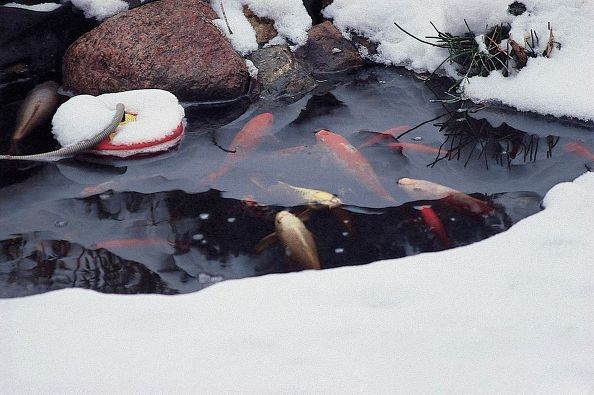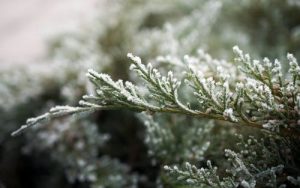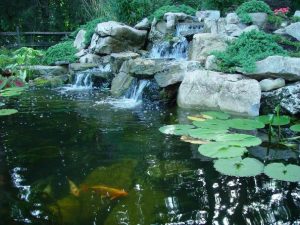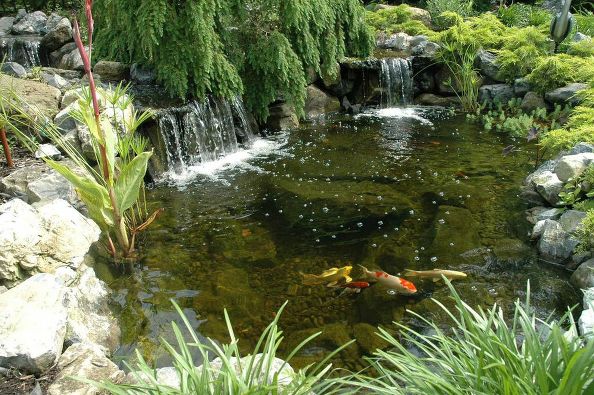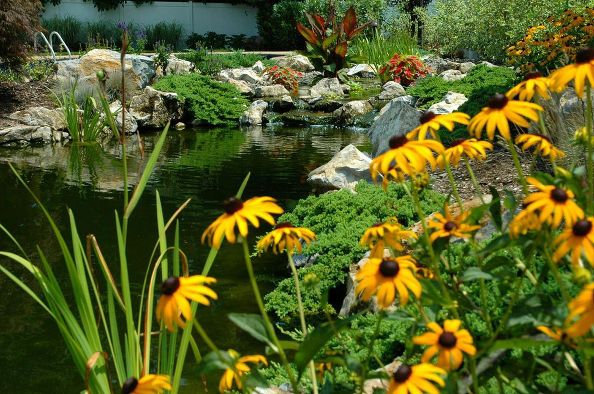In Times of Stress, Americans Seek Safe Outdoor Spaces
According to the Washington Post this week, one way Americans have been seeking refuge during the pandemic is by visiting botanical gardens. Out in the air, well away from others, they can stroll amid nature’s beauty, and like the iconic image of Mary Tyler Moore throwing her hat, throw off with joy their uncomfortable protective masks.
While the Post’s main focus was on visiting botanical gardens — which can be a wonderful outing for enjoyable social distancing — some of Deck and Patio’s clients are creating peace-evoking scenic spots right in their own yards.
Creating a ‘Breathe-Free Refuge’ at Home
Sometimes you can combine a refuge designed for peaceful relaxation with other more practical needs.
This photo (left), for example, shows how Deck and Patio designed/built a “natural” retaining wall for some clients.
“Retaining walls can be pretty boring to look at,” says Dave Stockwell. “But they don’t have to be. Here a ‘natural’ retaining wall includes a ‘pondless’ water feature. The water from the waterfall is captured underground, in a safe area where very young children can’t access it. From there, the water is filtered and recirculated.”
In addition, this retaining area has been installed with lush plantings, river rock and natural stone steps which together with the water feature create a beautiful nature walk — all while serving the purpose of holding back the grade.
Dave notes that the reserved underground tank water never stagnates because it is continuously circulated up from the underground pond via the waterfall.
Sometimes You Want a Pond
These clients (above) didn’t have young toddlers and wanted a full pond. Their completed water feature system consists of a stream, waterfalls and pond, and it is the perfect spot for letting the day’s cares melt away.
Enchanting Echinacea (coneflowers) and magenta Lythrum are just some of the various plants brightening this pondscape.
Koi ponds were once a characteristic of Japanese gardens, but have been growing in popularity around the world, including Long Island.
And why not. Listening to the sounds of trickling water, while watching colorful koi swim around throughout several seasons is transforming.
Whether it’s built near a patio, bridge or deck, this water feature is an attraction to more than adults.
Children love ponds, including feeding koi. It’s truly interactive in that way.
This pond (right) is owned by Brian Helfrich of Aquascape Inc. — the company that makes the water feature systems that Deck and Patio uses.
Sometimes a Garden Is Enough
Water features are wonderful but you can create a perfect place to de-stress without one.
Note how the colorful plantings, moss rocks and deep green ground cover (above) line the steps leading to the clients’ charming wooden bridge.
With or without water features, it is a lovely spot to enjoy your backyard oasis. By adding this garden bridge, “It became a favorite spot for the homeowners,” says Dave.
This completed walking/strolling area, like most of our projects, was planned by Deck and Patio to appear as if it were designed by Mother Nature herself.
Stepping stones lead to larger steps of natural stone which are flanked by colorful plantings including bright red “Wave Petunias” and colorful purple and yellow “Coneflowers.” In addition to being a delight for the eyes, such a spot offers wonderful scents which the family can breathe in — mask-free.
“Dealing with the demands of every day life can be exhausting, especially today,” says Dave. “A peaceful surrounding calms you right down as you absorb the beauty and quiet.”
Feature Photo at Top of Page: Above a natural retaining wall, Deck and Patio carved out a patio area with waterfall for the clients where they can sit after a stroll and breathe it all in.

